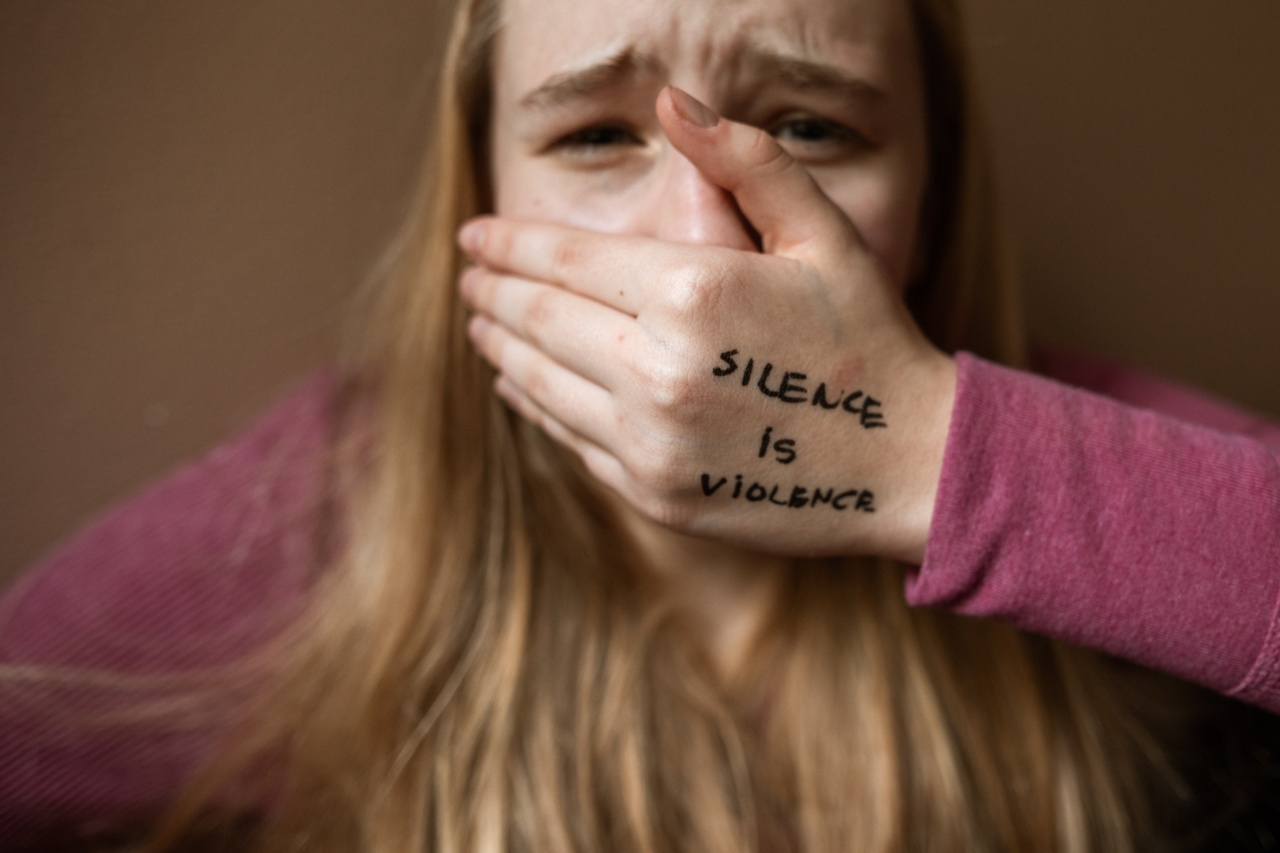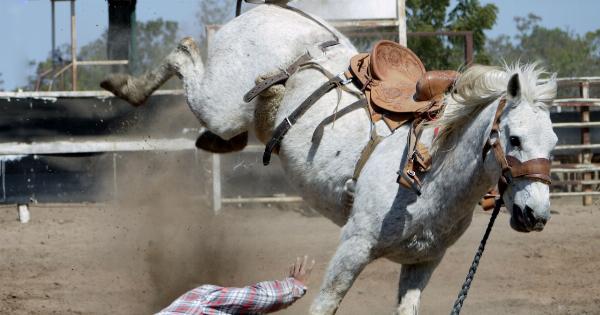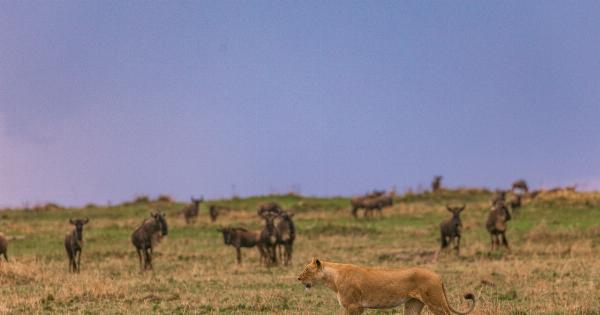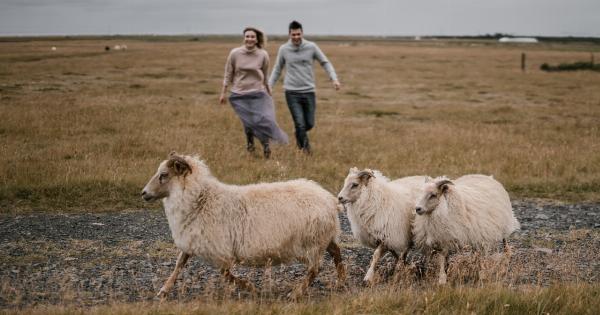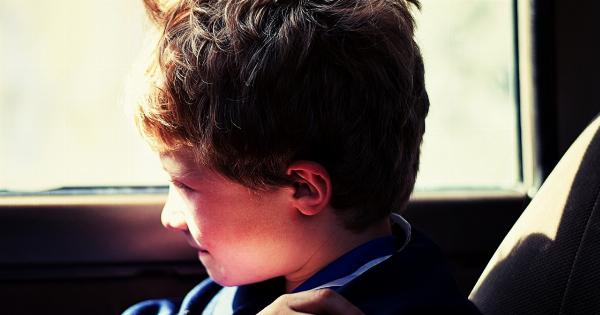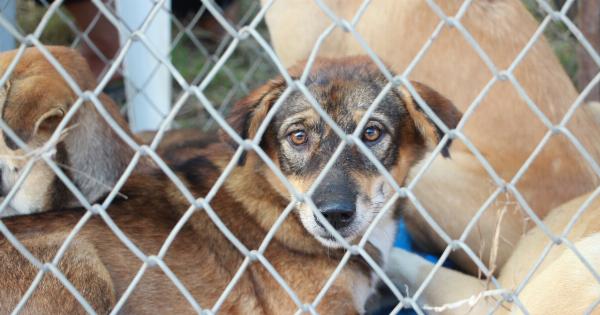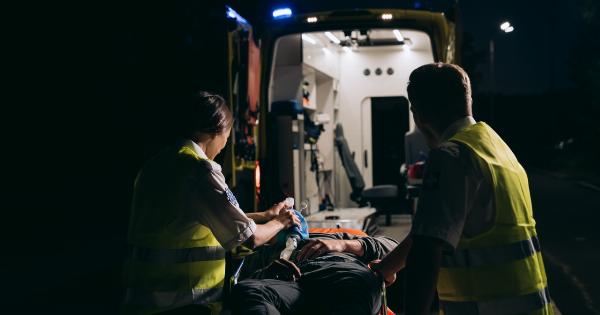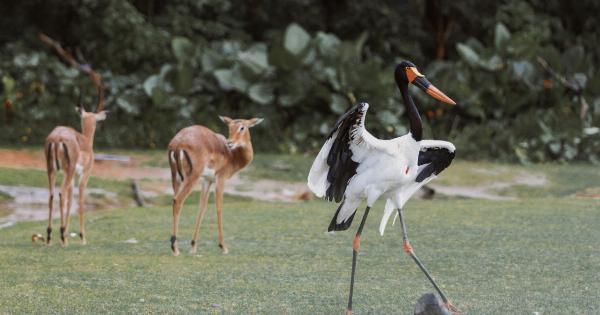Discovering a wounded animal can be a distressing experience. Whether it’s a stray cat, a bird with a broken wing, or an injured squirrel, it’s natural to want to provide assistance and ensure its well-being.
However, it’s crucial to approach the situation with care and follow the proper steps to ensure the animal receives the help it needs. In this article, we will guide you through the process of helping a wounded animal effectively and safely.
1. Assess the Situation
The first step when encountering a wounded animal is to assess the situation calmly. Observe the animal from a safe distance to determine the severity of its injuries. If it’s visibly distressed or in pain, it may require immediate attention.
Note the animal’s behavior to identify any signs of aggression or fear. Ensure your own safety and avoid getting too close to prevent causing further harm to the animal or putting yourself in danger.
2. Contact Local Animal Control or Rescue Organizations
Once you have assessed the situation, immediately contact your local animal control or rescue organizations. They have trained professionals who can provide guidance and assistance.
Animal control can dispatch an officer to the location or provide you with further instructions. They will have the necessary expertise and equipment to handle the situation effectively.
3. Keep Your Distance
While waiting for the arrival of animal control or rescue organizations, it’s important to keep your distance from the wounded animal. This is essential for your safety as well as for the animal’s well-being.
Animals, when scared or injured, may behave unpredictably and potentially become aggressive. Give the animal space and avoid making sudden movements or loud noises that could cause additional stress or harm.
4. Provide Basic First Aid if Safe
If you have experience with animal first aid and it is safe to do so, you may choose to administer basic first aid before professional help arrives.
However, it’s crucial to remember that not all injuries can be treated without appropriate training, and attempting to do so without proper expertise may cause more harm than good. Be cautious and prioritize your own safety as well as the animal’s.
5. Safely Contain the Animal (If Possible)
If the wounded animal is small and can be safely contained, such as a injured bird or a young mammal, you may carefully attempt to contain it until help arrives.
Use thick gloves or a blanket to protect yourself and avoid direct contact with the animal, especially if it is unfamiliar to you. Place the animal in a secure box or crate with air holes and cover it lightly with a towel or cloth to create a dark and quiet environment. This will help reduce stress and prevent further injuries.
6. Do Not Attempt to Rehabilitate Wildlife on Your Own
If the wounded animal is a wild animal, especially a protected or endangered species, it is essential not to attempt rehabilitation on your own.
In many countries, it is illegal to possess or rehabilitate wild animals without the proper licenses and training. Contact wildlife rehabilitation centers, sanctuaries, or animal control to ensure that the animal receives appropriate care and rehabilitation from professionals who specialize in handling wildlife.
7. Offer Food and Water (if appropriate)
In some cases, depending on the extent of the animal’s injuries, you may be able to provide temporary relief by offering food and water.
However, it is important to remember that some animals may not be capable of eating or drinking due to their condition or stress. Consult with animal control or rescue organizations for guidance before attempting to provide food or water. They will advise you on the appropriate course of action based on the animal’s species and condition.
8. Stay Calm and Reassure the Animal
During the entire process, it is essential to stay calm and provide reassurance to the wounded animal. Animals can sense fear and stress, so remaining calm will help create a soothing environment.
Speak softly and avoid sudden movements to minimize any additional distress. Remember that you are a stranger to the animal, and it may be scared or defensive. Patience and a gentle approach will go a long way towards gaining its trust.
9. Follow-Up and Report
After the animal has been safely handled by professionals, ensure you follow up on its condition. Local animal control or rescue organizations can provide you with updates if available.
In case you suspect any form of animal abuse or negligence, report the incident following the appropriate channels. This will help protect other animals and raise awareness about the importance of animal welfare.
10. Spread Awareness
Lastly, take this opportunity to spread awareness in your community about the proper steps to follow when encountering an injured animal.
Educate others about the importance of reporting wounded animals to the appropriate authorities rather than taking matters into their own hands. The more people are aware of the correct procedures, the better chance injured animals have of receiving timely and professional care.
